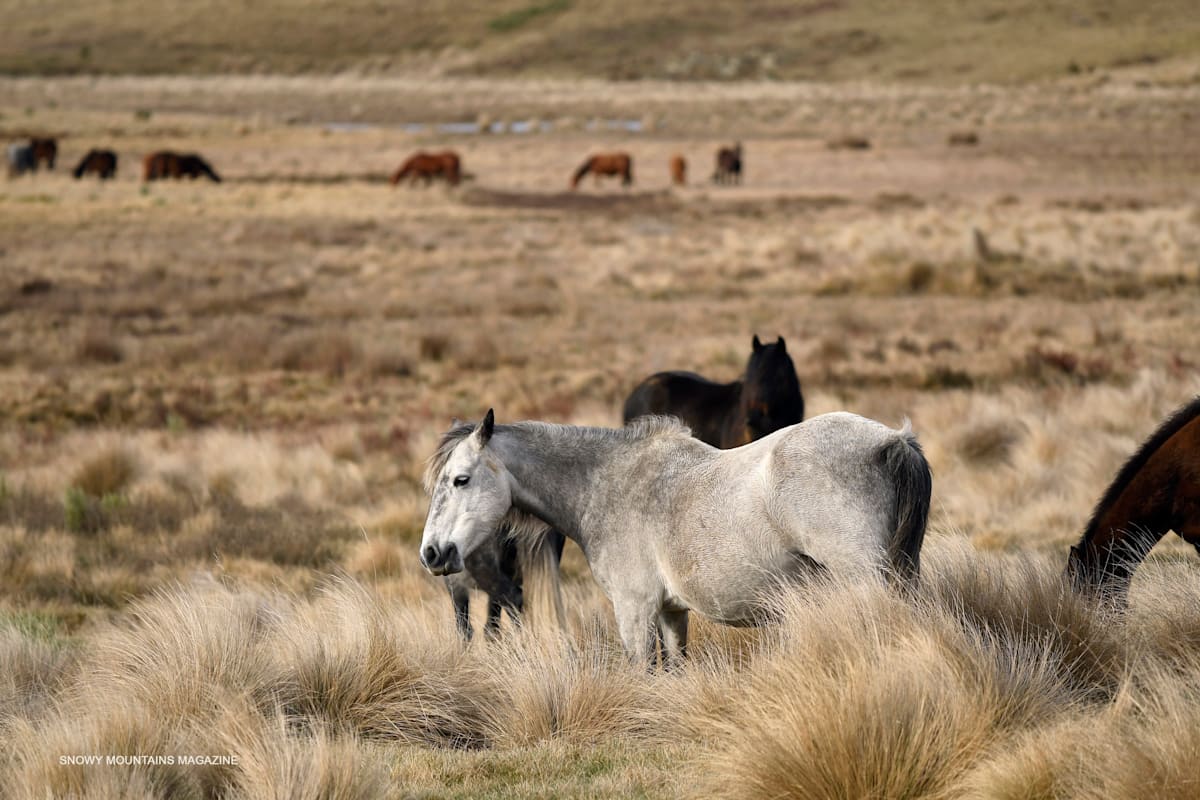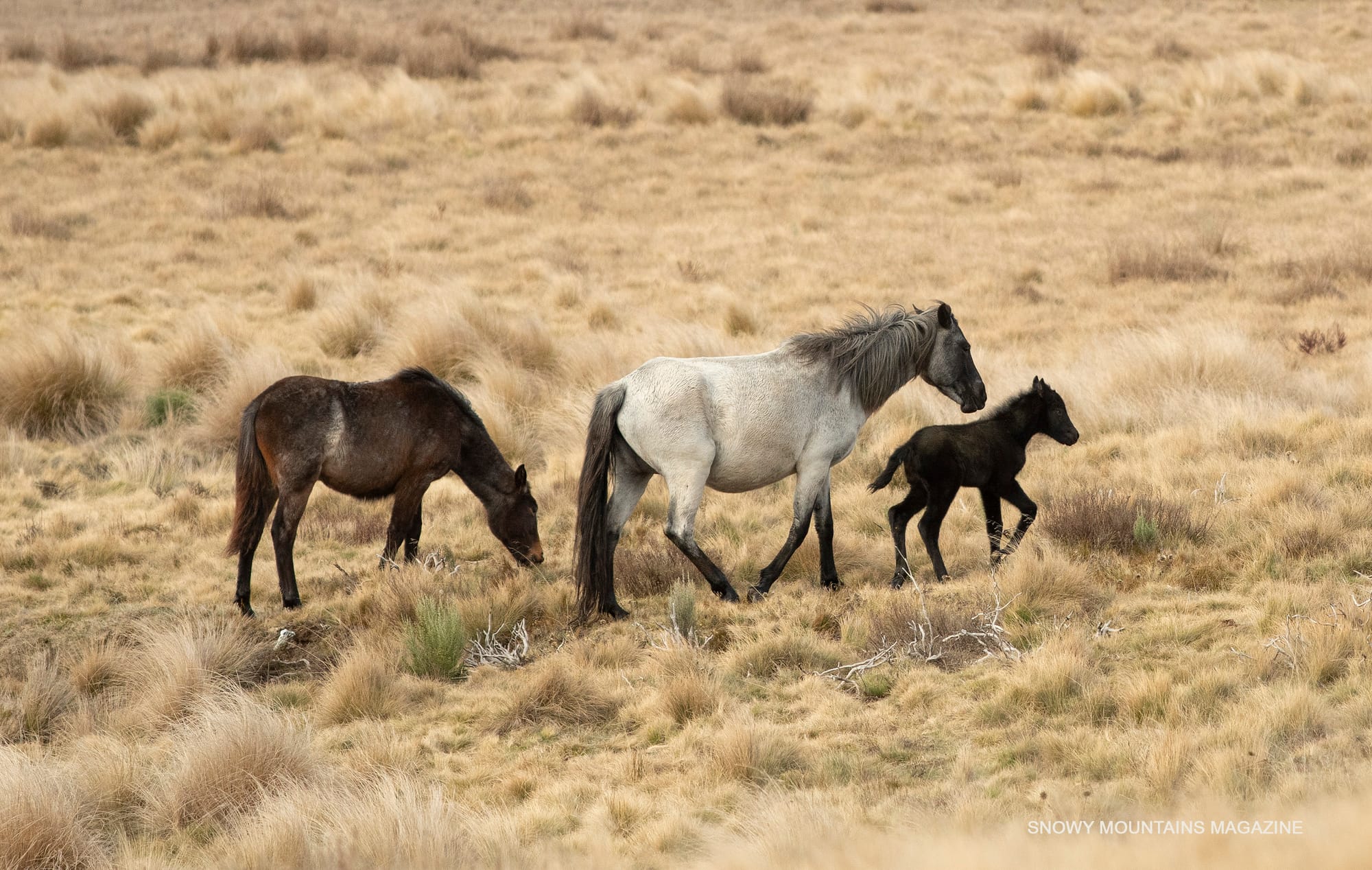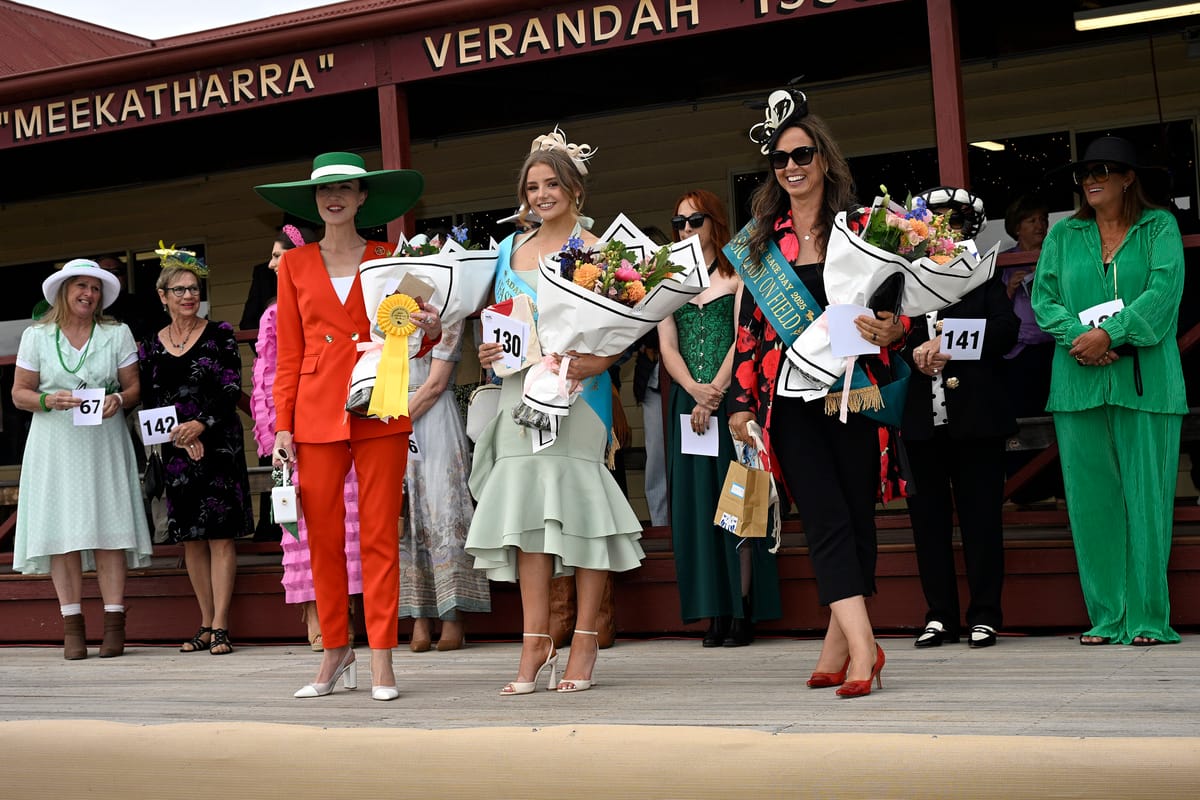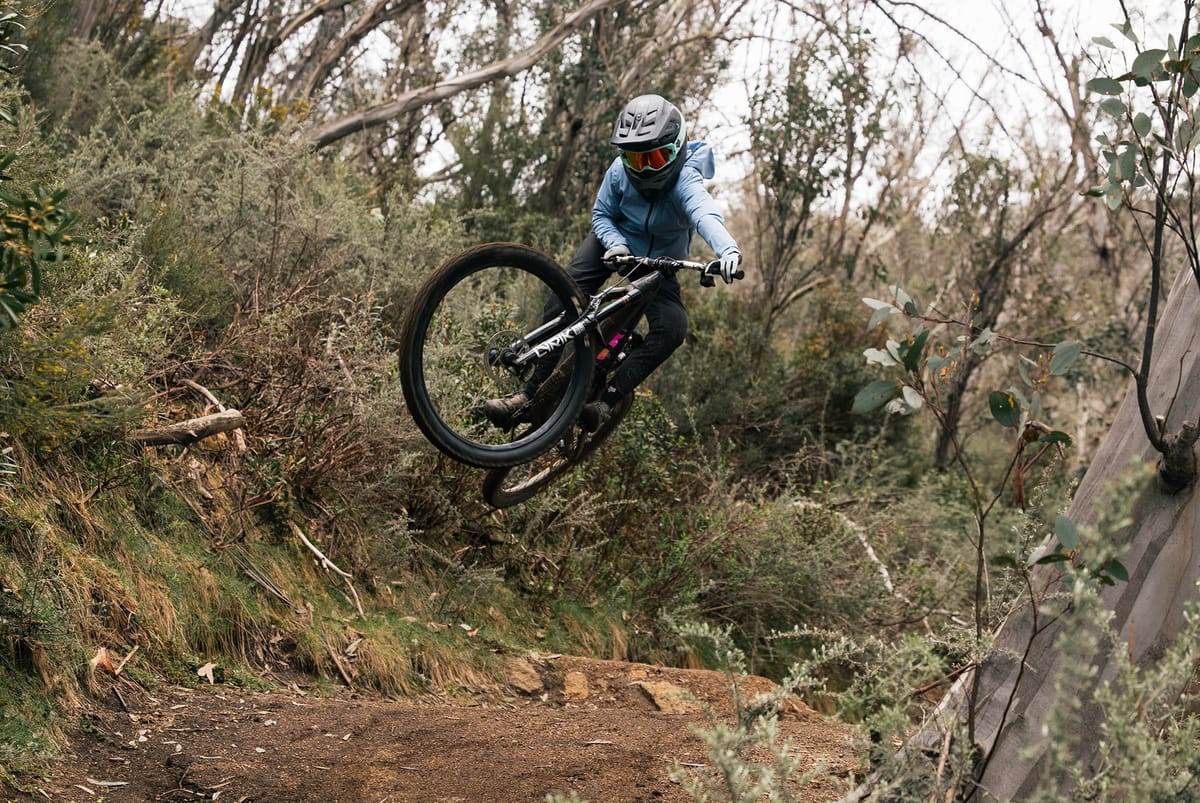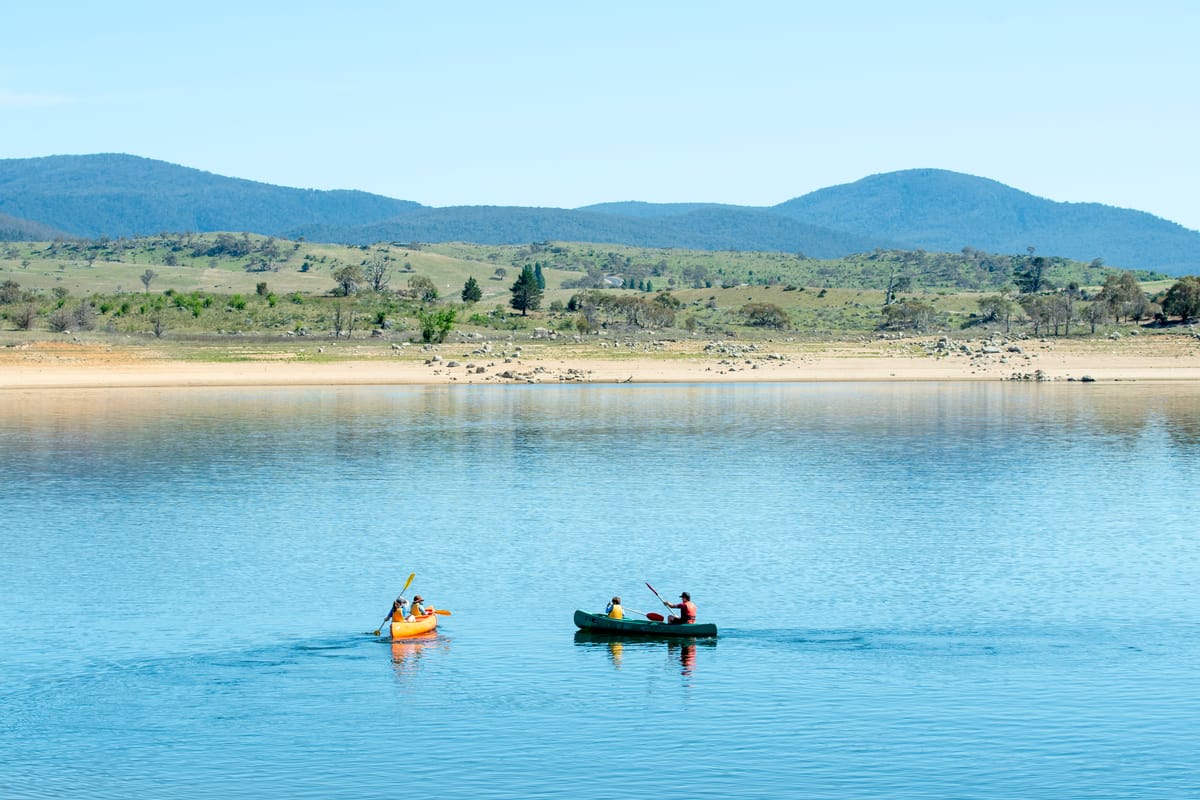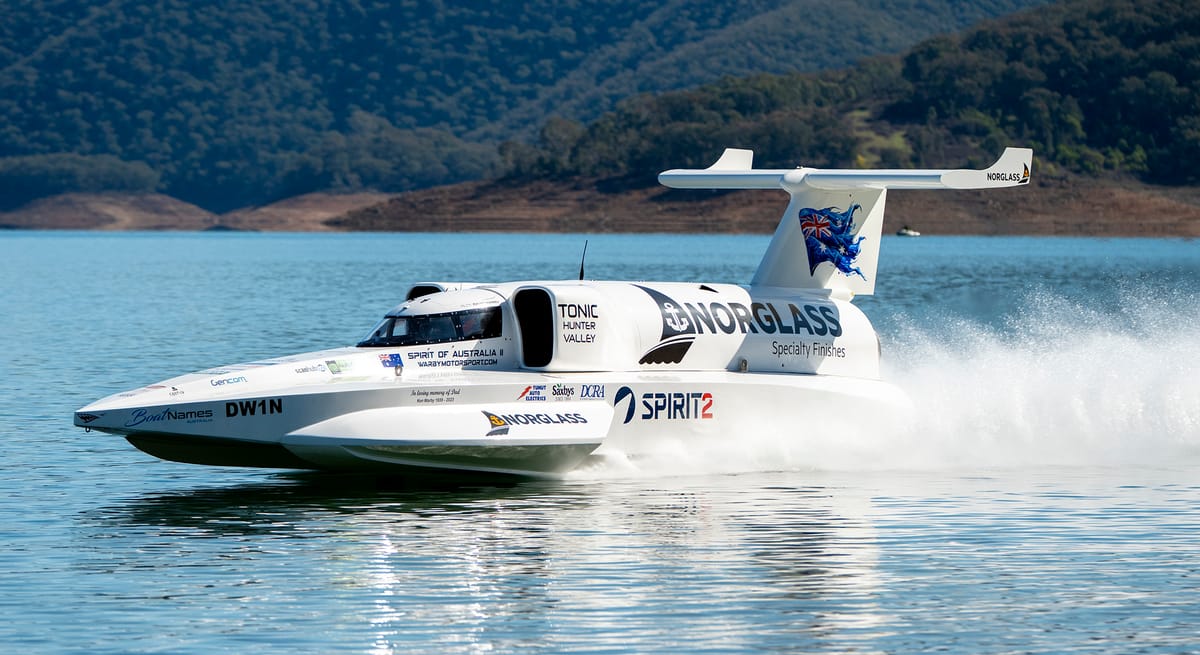THE NSW Government has released its most recent wild horse population survey, conducted in October‒November 2024, which shows a vast reduction in horse numbers within Kosciuszko National Park.
Identified by National Parks and Wildlife Service (NPWS) NSW as key areas of wild horse populations, the survey was conducted in the same four survey blocks as previous surveys, Northern Block, Snowy Plains, Cabramurra Block, and Southern Block. The areas produced significantly fewer numbers in 2024.
In the report, consistent with past years, standard distance sampling (SDS) has been used. Also, for 2024 an additional survey method known as mark recapture distance sampling (MCDS) was undertaken as a trial, producing slightly different numbers.
- The standard distance sampling (SDS) method estimates with 95% confidence that the population in the retention areas is 1,766 to 4,050 horses.
- The mark recapture distance sampling (MCDS) method estimates with 95% confidence that the population in the retention areas is 2,373 to 5,717 horses.
As with previous surveys, they offer a range from a minimum to a maximum number of estimated horses due to the expected level of variability from surveying across such a large and variable landscape.
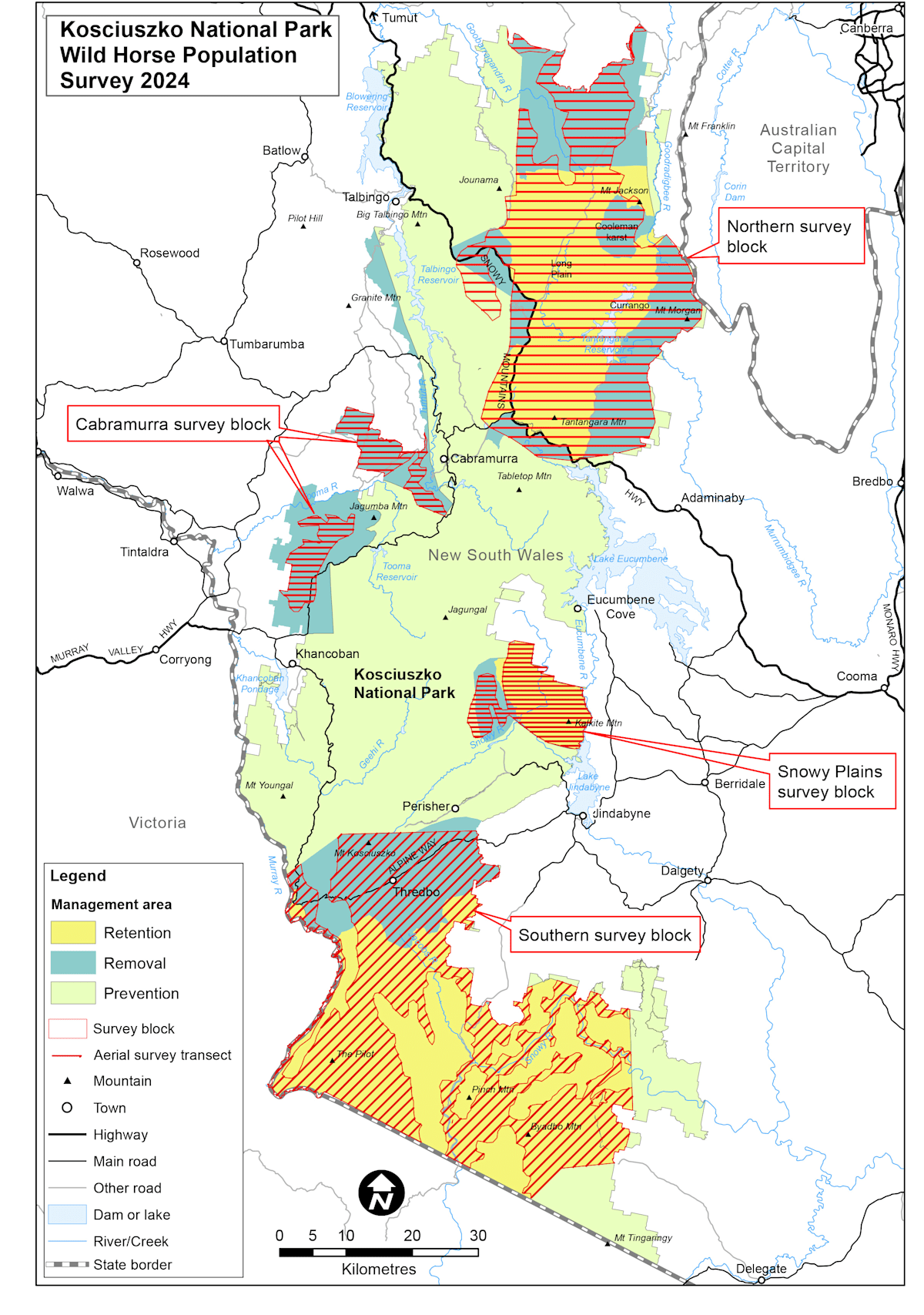

In the report, the government said reducing horse numbers is essential to protect biodiversity and ensure the park's resilience against climate change and other environmental pressures. This approach seeks to balance cultural heritage with the need to protect the park's diverse and fragile sub-alpine and alpine ecosystems.
Over 9000 horses have been removed from the park in recent years via aerial shooting, trapping, or re-homing. The estimated numbers are now within range of the Kosciuszko National Park Wild Horse Heritage Management Plan. The government’s legal requirement is to reduce the wild horse population to 3,000 by 30 June 2027.
The 2023 survey generated a population estimate of 12,797 to 21,760 feral horses (95% CI), with a best estimate of 17,393 horses.
The number of horses has often been the centre of debate, particularly the wide range of numbers. The lower number of 12,797 in 2023 now appears to be the best estimate. If you factor the lower estimated numbers in the 2024 survey, the Management Plan 3000 target may have already been achieved.
Wild horses will still be culled in areas shown on the map as ‘Removal Areas’, not the ‘Retention Areas’, where the 3000 horses will still be allowed to roam.
Change In Environment
Evident by the before and after photos is an improvement in the ground. Which was to be expected. Below, Minister Penny Sharpe in the same location from 2023 to 2025.
The government said there are promising early signs of recovery in the park following the rapid reduction in horse numbers over the past 18 months. Specifically, there is reduced bare ground, increased vegetation coverage, and less pugging and trampling of stream banks around fragile sub-alpine waterways as well as broad-toothed rat habitat.
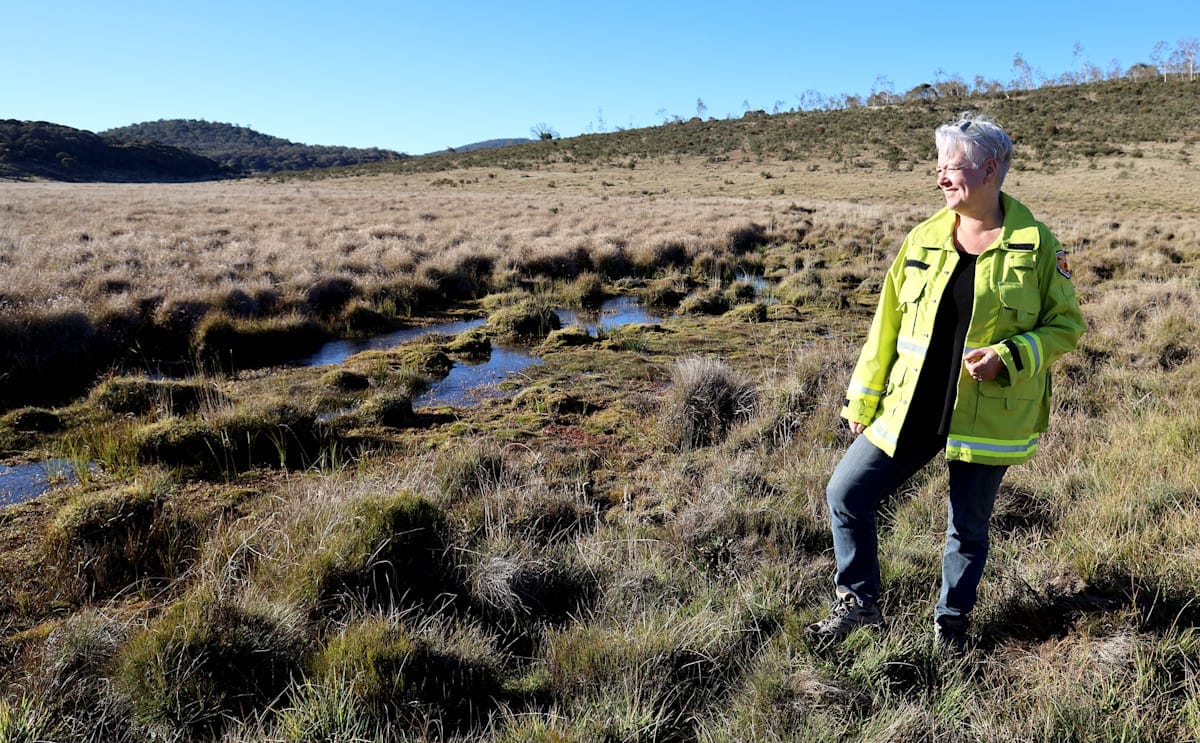
PHOTOS: Minister for the Environment Penny Sharpe at Sally Tree Creek, on Currango Plain, in northern Kosciuszko National Park above in early May 2025, and the same spot below in July 2023.
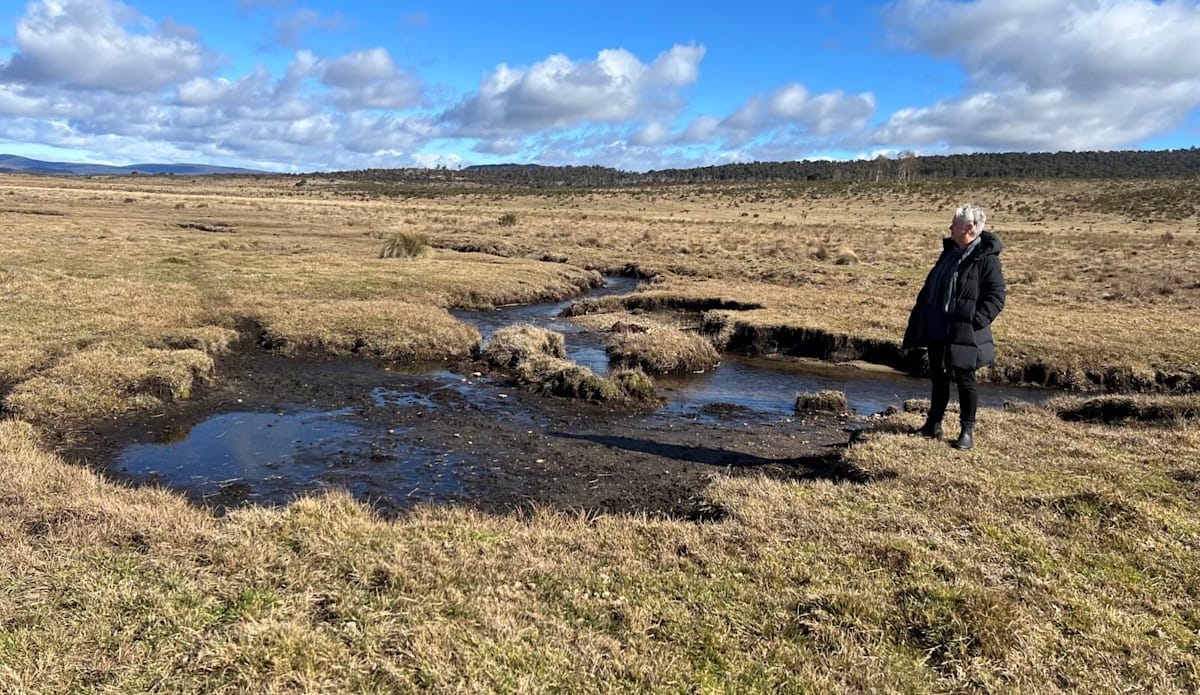
Actual Survey Report
In brief, the survey report is a long, detailed document that factors many variables into the equation. Plus, there is a detailed peer review report.
They talk about retention areas and survey blocks marked on the map.
The actual survey numbers are slightly different than those quoted above with reasoning noted below.
The population estimate for the retention areas is higher than in the survey blocks because the southern retention area includes land that was not included in the survey blocks, due to steepness, but is known to contain horses. This means the southern retention area is larger in size than the southern survey block, making the population estimate higher.
Different population estimates show that there can be a lot of variation when sampling, which is why relying on a single population estimate number is avoided.
The same areas were surveyed during 2020, 2022, and 2023 in the four priority management areas of the Kosciuszko National Park (KNP) to estimate the 2024 horse populations.
In this report, consistent with past years, standard distance sampling (SDS) was undertaken using only rear observers’ counts to enable these results to be directly compared with results from previous years. Mark recapture distance sampling (MRDS) used a third observer in the front seat which added an additional level of analysis. This additional analysis should provide a more accurate result.
Surveys were carried out in a ParkAir Eurocopter (B3 Squirrel), with flying height and speed kept consistent with the 2023 survey. In 2024, flight times were largely limited to 3 hours from sunrise and 3 hours from sunset. Using electronic keypads, observers recorded horse numbers, the sighting distance zone where they were seen, and habitat structure (open, medium, or dense vegetation obstructing sightability).
A total of 938.5 km of transect line was flown in the Southern survey block, 901.6 km in the Northern block, 156.8 km in the Cabramurra block, and 233.0 km in the Snowy Plains block.
Counting practices
In 2024, electronic keypads were provided to the observers to replace use of voice recorders. These had the advantage that the locations of all sightings were GPS-tagged. The keypads are designed so observers do not have to look away from their field of view to enter data.
The report stated horse abundance estimates were much lower than expected in 2024, regardless of modelling method. Taking the highest estimate (MRDS for adult horses) for the survey areas combined, the estimated population in 2024 was 3,949 horses, rather than the anticipated 13,050. One possibility is that horses may be avoiding areas where aerial control operations recently took place, or they may have become averse to the presence of the helicopter.
Survey Results
Only one horse was sighted in the Cabramurra Block during the 2024 surveys. As a consequence, this block has been left out of population density modelling.
- Northern Block estimate adult 1513 (809-2830) - horses + foals 1617 (842-3106)
- Snowy Plains estimate adult 119 (41-346) - horses + foals 126 (44-357)
- Southern Block 987 (603-1614) - horses + foals 1050 (650 – 1690)
The average population density across the three survey blocks combined is estimated for 2024 to be 1.553 horses per square kilometre.
Horse (adults) population density & abundance estimates for three survey blocks of Kosciuszko National Park, 2024, using mark-recapture distance sampling (MRDS). The population density estimates from the best multiple covariate distance sampling (MCDS) estimates in Table 4 were multiplied by the mark-recapture (MR) multiplication factor (1.508). Population estimates are shown rounded to the nearest whole number.
- Survey Block Area km2 MCDS estimate MRDS estimate
- Northern 1,229 1513 2282
- Snowy Plains 161 119 179
- Southern 1,146 987 1488
- Totals 2,536 2,619 (1,535 - 3,703) 3,949 (2,216 - 5,637)
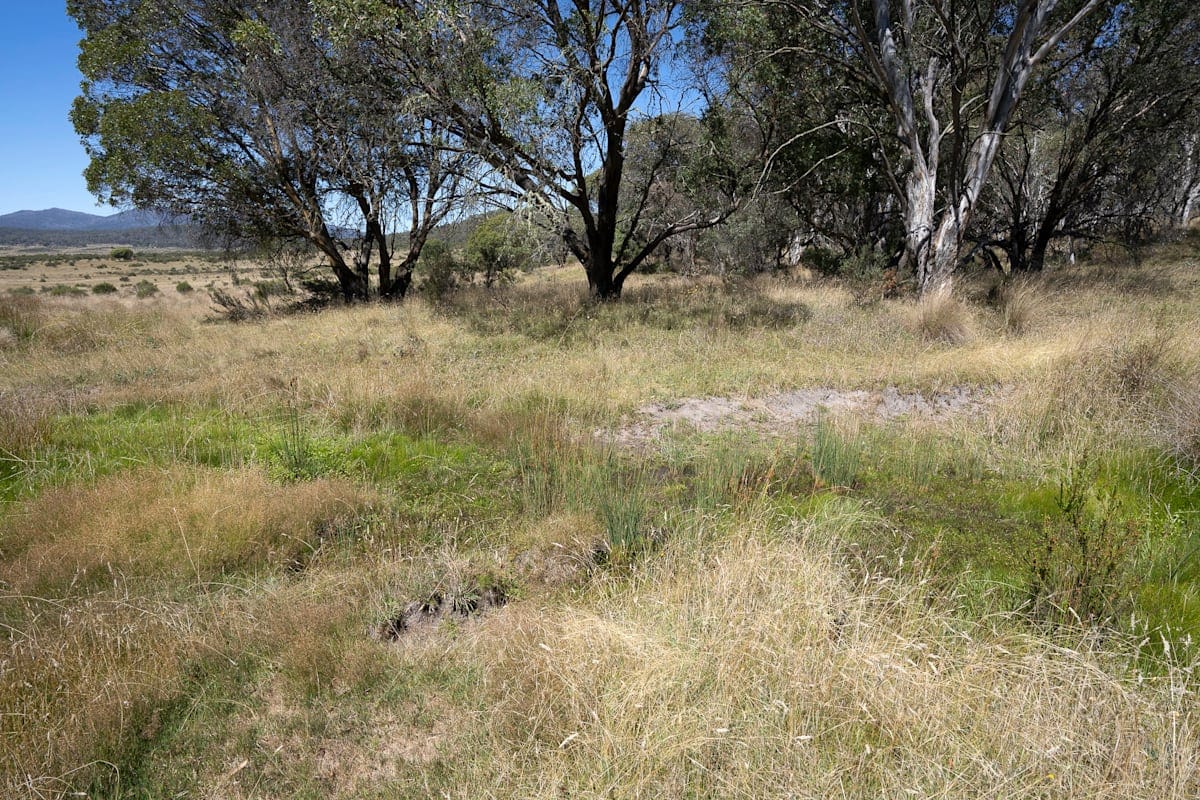
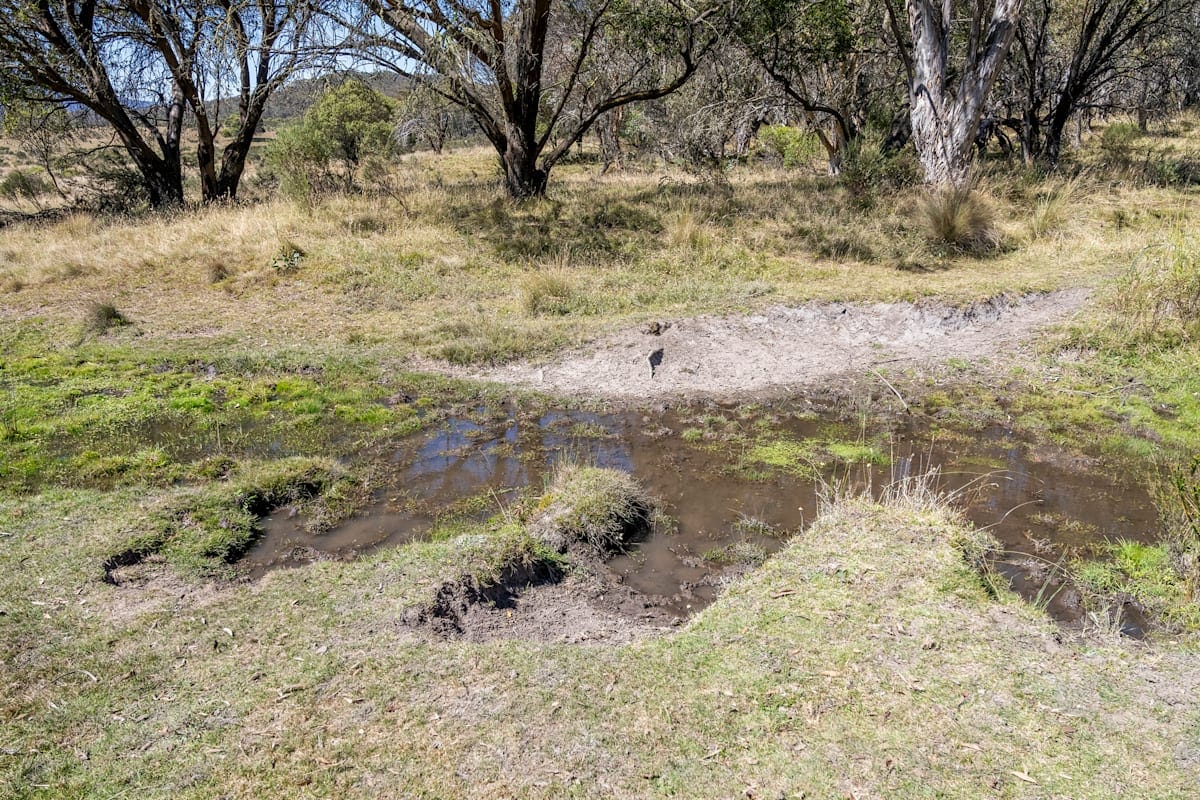
The Kosciuszko National Park (KNP) covers an area of 689,000 ha (6,890 km2), with wild horses (Equus caballus) occupying various parts of KNP. Periodic population monitoring is necessary to manage the size and distribution of the horse population in compliance with the Kosciuszko National Park Wild Horse Heritage Management Plan (Environment & Heritage Group, 2021; amended 2023).
Under the Management Plan, there are different goals for horse management in different parts of KNP. In designated removal areas, there is a requirement that the National Parks and Wildlife Service NSW remove all horses.
In retention areas, horse populations are to be retained but maintained at reduced numbers. The target population size in all the retention areas combined is 3,000 horses by 30th June 2027.
For all information and to read several reports, visit here
